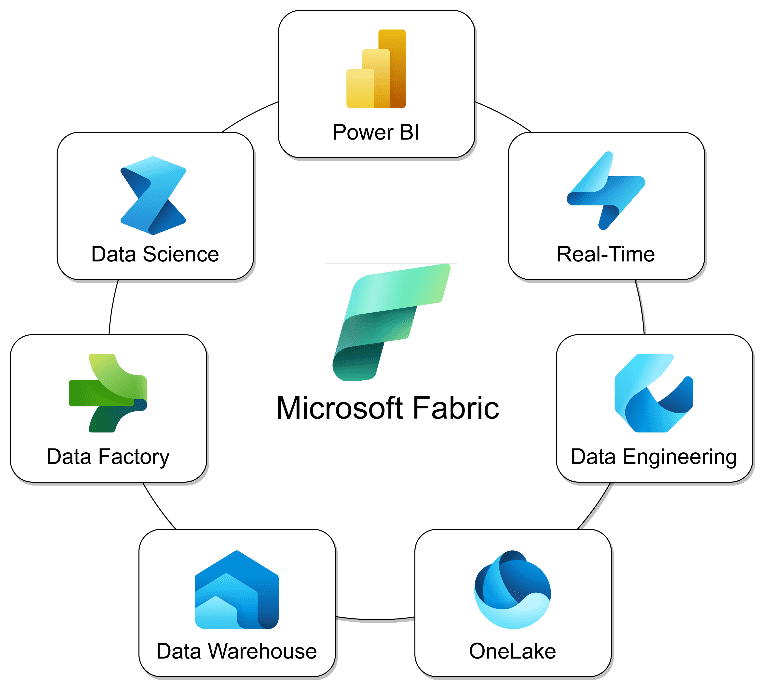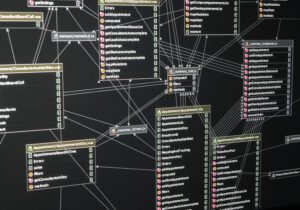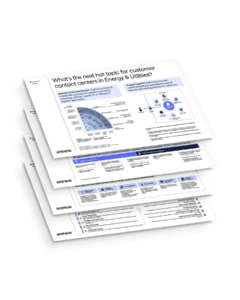In May 2023 Microsoft launched Microsoft Fabric and made a big splash in the data platform space. Microsoft is betting that Fabric will be the default data platform choice in the future for Azure customers. But what is it? And what could it do for you? Read on! Fabric is an integrated data analytics platform Software-as-a-Service from Microsoft launched in 2023.
Fabric is one integrated service, with one UI that enables organizations to:
- Create dashboards and reports in Power BI
- Orchestrate Extract-Load-Transform pipelines from operational systems into a central data lake house using Fabric Data Factory
- Clean & Synthesize data using Fabric Data Engineering Notebooks
- Analyze Data based on data using Fabric Data Science Notebooks
- Store structured data in the Fabric Data Warehouse or Lakehouse
- Store unstructured data in a data lake house using One Lake
- Process real-time data using Real-Time Analytics

Why should I care about Microsoft Fabric?
You can get started right now and grow organically from there
Starting out with Microsoft Fabric can be done in less than one hour. You can then start using the services that you need most e.g., ingest some data into a data warehouse and serve it via a Power BI dashboard. Now you want to combine data from multiple sources? You can use PySpark to do complex transformations without having to rearchitect your whole platform. Want to do data science? Just open a notebook and work on a PoC without having to find a place to run JupyterHub. Need real-time analytics? Fabric already supports this.
Fabric already integrates the most used data analytics systems. Getting started is quick and experimenting with what you need is easy.
Everything is integrated
Previously to get all these functionalities working together in a data platform one had to manually architect and combine many different systems from different vendors. This necessitated architecture, design, implementation, configuration, testing and maintenance work just for getting to day 1 of having a data platform. How should we store data? What system do we use for ETL? How do we orchestrate pipelines? What database to use as a warehouse? Where to store unstructured data? How to manage access control? How to manage it at all?
With Microsoft Fabric all the system architecture, design, integration, and testing are already done.
It is easier for everyone to work full stack
This leads to a lot of custom-built data platforms with their own idiosyncratic design choices for which no common knowledge base exists. Maintenance of even a modestly sized platform requires at least an infrastructure engineer, data engineer, data scientist, data analyst and hopefully someone who watches data governance and security. Even worse, all these roles are dependent on each other but work with different systems. This makes it hard for these roles to understand each other’s work and help each other build working and valuable data products for the organization.
Microsoft Fabric operates from one single UI making it easier for all roles to find, understand and contribute to each other’s work.
What is new in Microsoft Fabric?
The major improvement that Fabric brings is the integration of the different data capabilities into one UI in a SaaS model.

Fabric integrates existing (and therefore working and battle-tested) Azure systems and services into one platform that provides most data capabilities. The major new service is OneLake; Microsoft’s vision of a single data lake for your organization both for storing structured and unstructured data. This is backed by Azure Blob Storage (ADLSGen2) and the Delta Lake format for storing structured data.
To explore this topic, Eraneos is organizing a workshop on Friday, 1st of December. During the half a day session, we will explore the advantages and disadvantages of Microsoft Fabric, as well as deep dive in some use cases and give you the opportunity to play around with it during 2 Labs. All you need to do is bring your laptop. Do you want to join? Sign up for the workshop here.
When should I opt for Microsoft Fabric?
Microsoft has been actively developing Fabric at high speed for the last few month and announced GA (General Availability) on 2023-11-15. This means you can start using Microsoft Fabric with full support today! In some areas there are still some lacking features, be sure to check the roadmap to see what’s still in development.
If you want to combine data from across your organization into one place where you can store, combine, analyze, and report and you have SQL, Python, and some Azure knowledge in house you should be able to get up and running quickly. You can grow into more advanced uses later or keep it simple.
How to implement Microsoft Fabric?
Fabric integrates many capabilities to do full stack data storage, processing, analysis, and reporting. It also gives you many ways to combine these subsystems into working data products. Selecting the best combinations, being compliant with your data governance and using the best practices for each subsystem still requires expertise.
At Eraneos we design and implement data platforms for a living and we can help you decide what’s right for your organization. If you want to try Fabric but avoid the pitfalls that will burn you later, give us a call!





